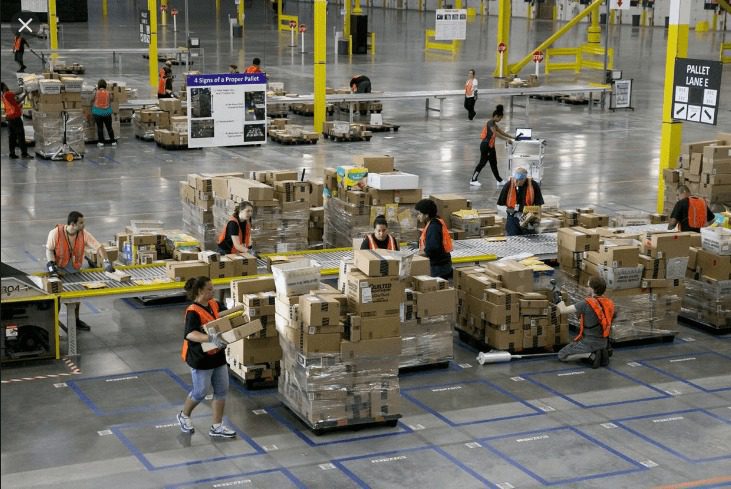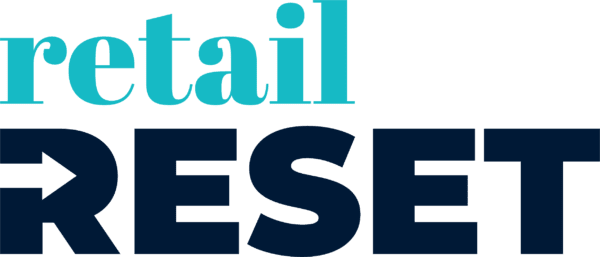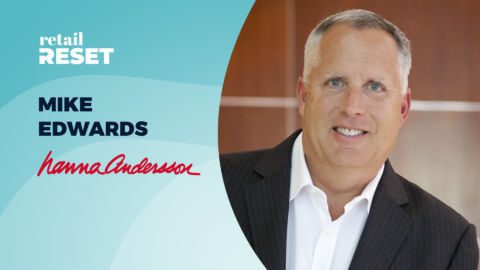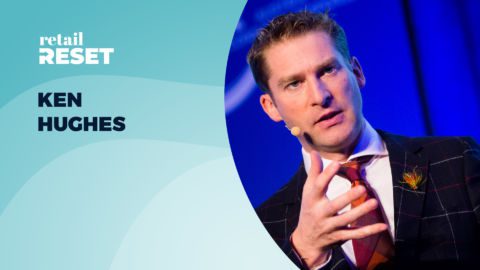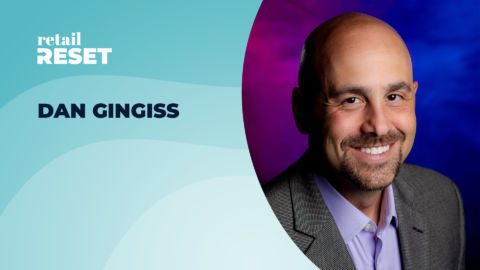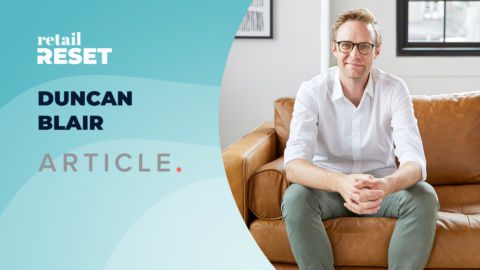 While the world is busy bending the curve in the fight against the COVID-19 pandemic, retailers are busy bending a curve of their own — the cost curve — as businesses f
While the world is busy bending the curve in the fight against the COVID-19 pandemic, retailers are busy bending a curve of their own — the cost curve — as businesses f ight for survival.
ight for survival.
Though retailers are tempted to cut costs through the reduction of human capital, many are doing so without considering the long-term impact. Given the additional expense to sever and then rehire people, coupled with the lag in initial productivity as new/re-hired employees ramp up to steady-state productivity, the cost curve typically grows faster than revenue growth curve following a staff reduction.
What then should an organization do?
First, pause, and take a deep breath before acting. Look at the longer-term view and compare the value of destroying capacity by reducing the workforce to realize immediate savings, versus the time-adjusted longer-term value of preserving productive capacity.
Advertisement
Capacity should be viewed as value generating potential. Instead of destroying a key conduit needed to deliver value to your customers, figure out how to focus your capacity (people) on the existing value stream during these times of disruption. While the need to preserve productive capacity is self-evident, it’s also worth considering how much additional value could be generated from under-productive capacity through basic tactics like process improvement and cross-training.
Re-focusing on the value stream through your existing resource pool (a.k.a. capacity) may enable a sharper and quicker rebound in revenue, which we’ve seen historically The near-term investment made in retaining staff and improving their productivity through even basic process improvements yields a longer-term return by reducing the rate of expense growth post-recovery.
Of course, the need to free up cash flow, especially during a major disruption, is essential. Considerations about the tradeoff between immediate savings and longer-term value is easier said than done when you’ve had to close your doors, seen your supply chain disrupted, watched as your infrastructure sat idle, or felt deep uncertainty about when normal purchasing will resume. However, there are still ways you can bend your revenue curve up. The following are a few ways to help bend the curve despite today’s challenges.
- Repurpose idle capacity to optimize infrastructure and innovate. This can be a rare opportunity to take care of all the things you intend to do, but never get around to completing. Consider cross-training your staff to create flexibility or tackle the decrease in demand by enabling and up-leveling your existing workforce to identify overlooked opportunities. For example: one retailer is looking at how to cross-train salesfloor associates to support the new influx of virtual customers. Another example is a large retailer with big campaigns organized by product lines with dedicated project managers – they are now moving towards a “pool of cross-trained PMs” model.
- Innovate to identify new value streams. Plenty of big box retailers are now offering in-store product assembly for pickup (Whole Foods, etc.). Consider engaging employees to monitor and support proper social distancing and/or offer “No contact”/social distancing options for product pickup and delivery.
- Implement process improvements, both internal and external. Take the opportunity with your idle capacity to problem-solve underlying root causes of the process challenges that have always and will continue to drive wasted time — like rework, waiting and multiple follow-ups — that will continue to prevent employees from being productive after this crisis passes. In addition, look for near-term process improvement opportunities to help mitigate the impacts of COVID. Update your in-store standards with improvements to protect customers against COVID (shields at check out, spacing guidelines on the floor, cart sanitizers, etc.).
- Get a handle on your supply chain and partnerships. Work with suppliers across your supply chain to drive efficiencies and improvements that weren’t as high-impact until now. Seek out potential acquisitions. Retailers that happen to be in better positions (and/or in a fragmented market) could be looking at improvements across their supply chain. Many efficient retailers and private equity firms, for example, are seeing this as an opportunity to make strategic investments.
- Develop new revenue streams and revamp pricing models. Think of ways to introduce new products or modify existing products or business lines. Current examples in today’s marketplace include GM, which was able to quickly convert one production line into a ventilator production line. And one event company moved from coordinating large in-person conventions to providing coordination support for immediate large in-person logistics for disaster response. Retailers might also seize the opportunity to implement new revenue generation models such as pay-for-pickup or delivery, or virtual shopping services and coaching.
Retailers should approach disruption so that when demand picks back up, they haven’t lost the opportunity to position their company to differentiate and take advantage of the future growth that occurs. As we’ve seen in previous crises and downturns, businesses are capable of not only surviving but thriving. However, to do so means being willing to resist the temptation to cut internal labor expenses as much as possible, and repurposing capacity in ways that will bend your revenue curve up faster and prepare your business for the future.
Jeremy Hutton and Pat Edmonds are consultants with Point B, an integrated management consulting, venture investment, and real estate development firm. Hutton has over 10 years of experience in business process improvement, marketing analytics and optimization and technology-related fields, with expertise in process redesign and re-engineering, data-driven operations improvement, and business analytics. Edmonds is an experienced management consultant, business leader, university educator, and published author, specializing in operational transformation. He co-founded and is currently the National Senior Principal of the Operations and Process Improvement practice at Point B.



